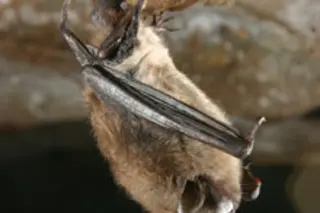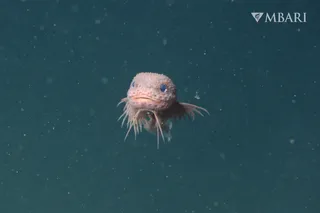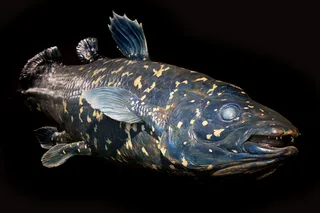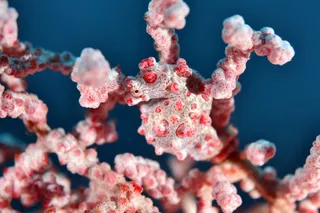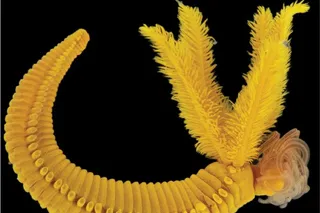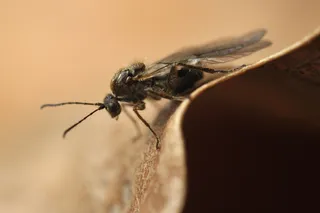When we last covered little brown bats it was with big bad news: A study in Science suggested that white nose syndrome could kill enough of the bats to make them regionally extinct in many parts of the United States by 2020. This week, though, brought a glimmer of hope. Scientists at the New York State Department of Health led by Vishnu Chaturvedi say some anti-fungal drugs work against the mysterious fungus causing the bat die-off.
They tested six strains of the novel fungus against drugs already used to treat people and animals such as cats and dogs for ailments ranging from athlete's foot to life-threatening infections. "We found that two major classes of antifungal drugs have very good activity" against the bat germ, Chaturvedi reported Sunday in Boston at a meeting of the American Society for Microbiology.
The drugs include fluconazole, the most widely used antifungal drug, which is ...


